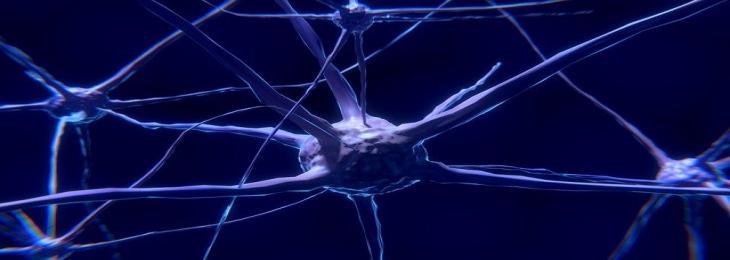
The team is using a novel laser-assisted method that keeps cell viability and functionality at high levels.
In a recent study published in the journal Micromachines, Ph.D. candidate and 2020-21 Public Scholar Hamid Orimi and his co-authors present the viability of a new bioprinting method they invented. They illustrate how their technology, named Laser-Induced Side Transfer (LIST), enhances existing bioprinting processes by allowing for better 3D printing by using bioinks with different viscosities.
To test their approach, the researchers employed dorsal root ganglion (DRG) neurons from mice's peripheral nervous system. A bioink solution was used to suspend the neurons, which were then put into a square capillary atop a biocompatible substrate. Low-energy nanosecond laser pulses were concentrated on the capillary's center, causing microbubbles to expand and discharge a cell-laden microjet onto the substrate beneath it. The samples were incubated for a short time before being washed and re-incubated for 48 hours.
The researchers then undertook a series of tests to determine the capacity of the printed cells. A viability test revealed that 86% of the cells survived two days after printing. The viability rates improved when the laser utilized less energy, according to the researchers. Thermodynamics linked to increased laser energy usage were more likely to harm the cells. Neurite outgrowth (when growing neurons make new projections as they expand in response to guidance cues), neuropeptide release, calcium imaging, and RNA sequencing were among the other studies performed. Overall, the findings were positive, indicating that the approach could make a significant contribution to the area of bioprinting.
Drug discovery is the closest thing to hand. The team is hoping to receive authorization to continue its research into cell grafting, which could help with drug development for nerve recovery therapies, for instance. Another benefit of employing this technology, according to Orimi, is that animal experimentation is reduced. This has a humanitarian side in that fewer animals will be killed to carry out human-beneficial research, but it will also generate more accurate results because testing will be done on human tissue rather than animal tissue.






